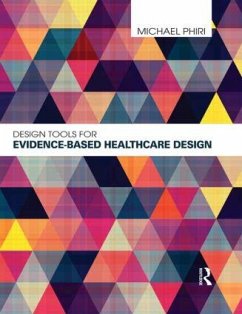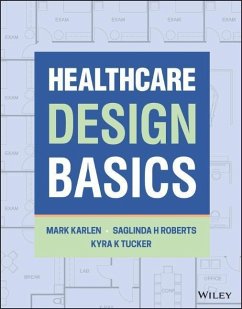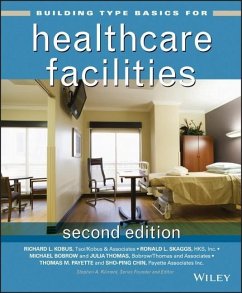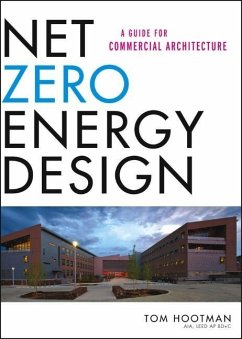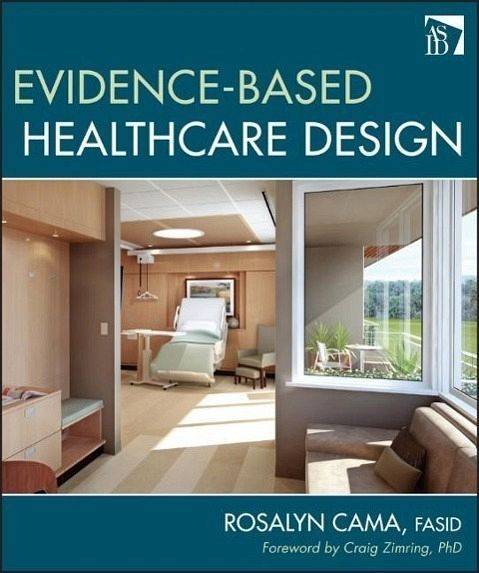
Evidence-Based Healthcare Design
Versandkostenfrei!
Versandfertig in 2-4 Wochen
105,99 €
inkl. MwSt.

PAYBACK Punkte
53 °P sammeln!
If designed properly, a healthcare interior environment can foster healing, efficient task-performance and productivity, effective actions, and safe behavior. Written by an expert practitioner, Rosalyn Cama, FASID, this is the key book for interior designers and architects to learn the methodology for evidence-based design for healthcare facilities. Endorsed by the American Society of Interior Designers, the guide clearly presents a four-step methodology that will achieve the desired outcome and showcases the best examples of evidence-based healthcare interiors. With worksheets that guide you ...
If designed properly, a healthcare interior environment can foster healing, efficient task-performance and productivity, effective actions, and safe behavior. Written by an expert practitioner, Rosalyn Cama, FASID, this is the key book for interior designers and architects to learn the methodology for evidence-based design for healthcare facilities. Endorsed by the American Society of Interior Designers, the guide clearly presents a four-step methodology that will achieve the desired outcome and showcases the best examples of evidence-based healthcare interiors. With worksheets that guide you through such practical tasks as completing an internal analysis of a client's facility and collecting data, this book will inspire a transformation in healthcare design practice.



